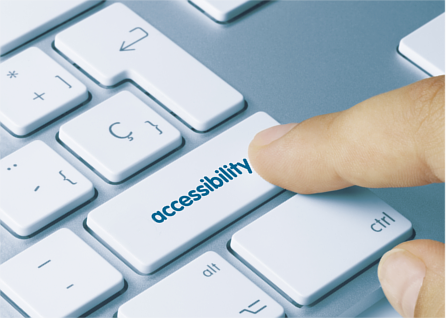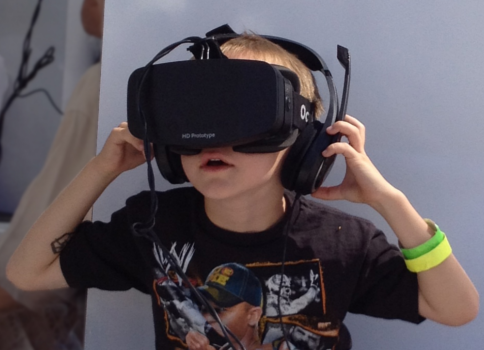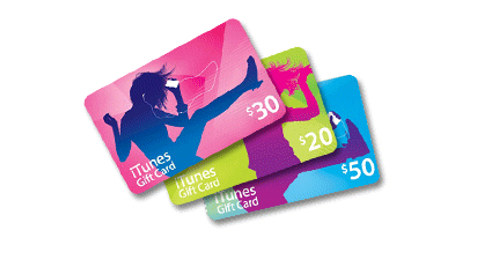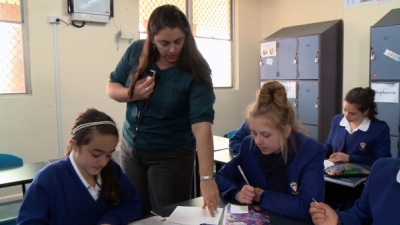Audiovisual materials
Virtual reality (VR): Accessing its potential
Accessible Christmas gift ideas for 2014
Education highlights of 2014
Finding your way around our updated education website content
There are three main categories that provide focused points of reference: accessible media for diverse learners, hearing impairment and deafness and low vision and blindness.
Top of page
Teacher information (hearing)
Teachers work with a diverse range of student needs, learning styles and a curriculum that presumes the use of audiovisual/multimedia content.
It is vital that teachers who have students who are Deaf or have hearing impairment in their classrooms create an equitable educational environment through the use of inclusive teaching practices.
Top of page
Google Glass flips the classroom
Some stories about Google Glass help to explain the technology’s potential. Google Glass appears to provide an opportunity for consumers to access and engage in leisure and learning opportunities without significant access barriers. Telstra have been involved in a trial with b2cloud of prototype apps to support those with hearing or vision loss for use with Google Glass.
Top of page
Classroom Access Project 2
Classroom Access Project 1
The Classroom Access Project was first piloted in Term 1, 2010 at La Salle Catholic College, Bankstown, NSW. This project was an initiative of Media Access Australia, and implemented through partnership with the Catholic Education Office Sydney and La Salle Catholic College, Bankstown.
Top of page
The ‘model classroom’ in action
The Classroom Access Project (CAP) operated for 20 weeks in both trial schools, which provided necessary longevity to test the concept of access to captioned video and other media and improved sound in mainstream schools.
Top of page







